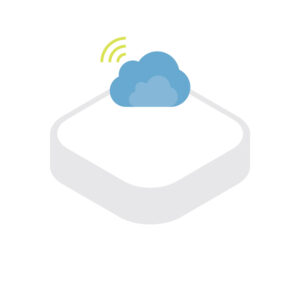The POS can offer everyone the comfort of natural space
A COMFORTABLE POS is:
- A POS that optimises the ambient temperature to create a comfortable experience in all seasons.
- A POS that can become a getaway for urban dwellers.
#spatialconfiguration #shelter #softlandscape #waterfeature #material #responsivetechonology
What If I Could Make A COMFORTABLE POS POSsible!?
What if i could aim for a comfortable ambient environment in POS?
What if i could consider diverse indicators of the environment in POS?
What if i could provide research input about microclimate?





